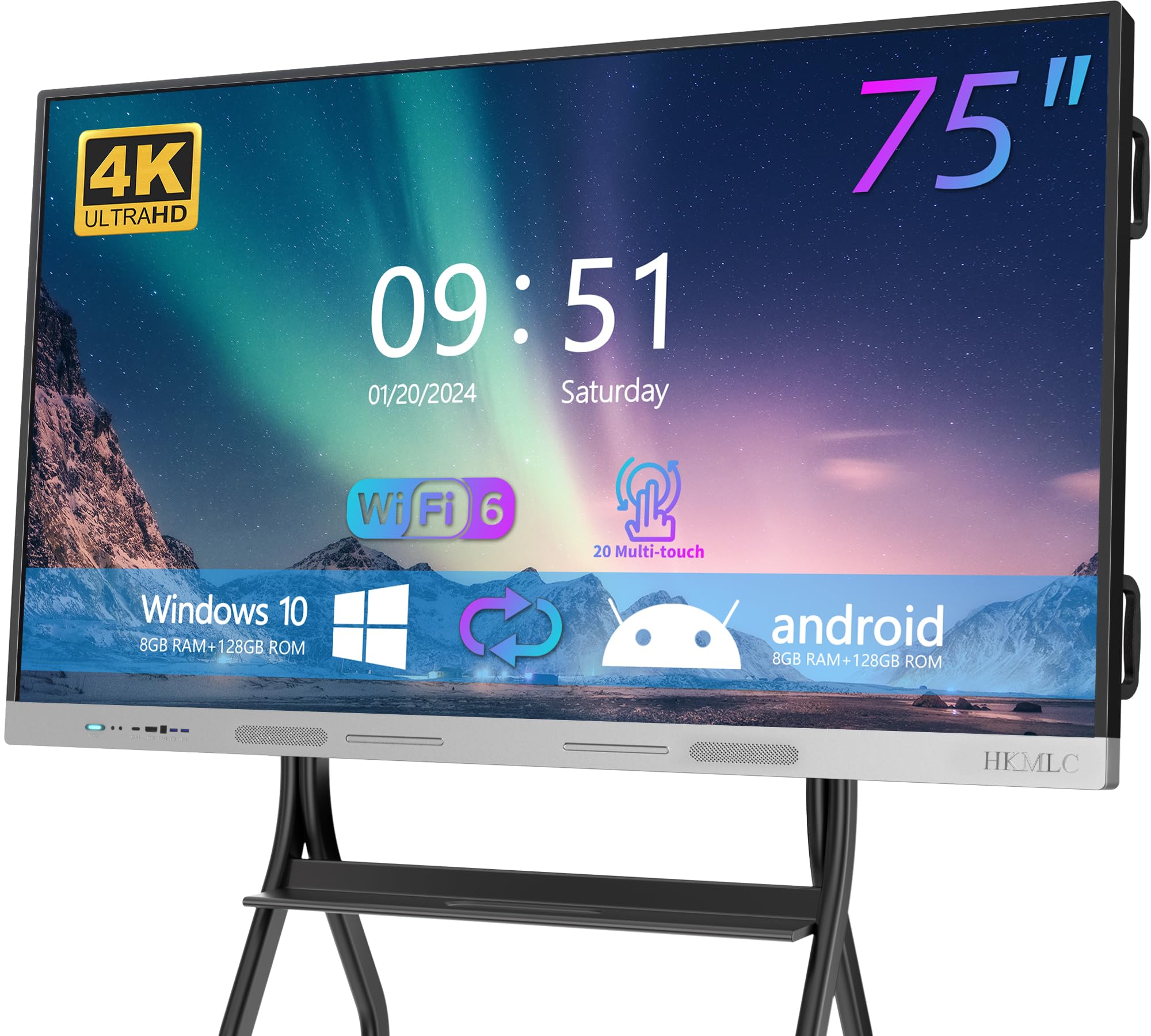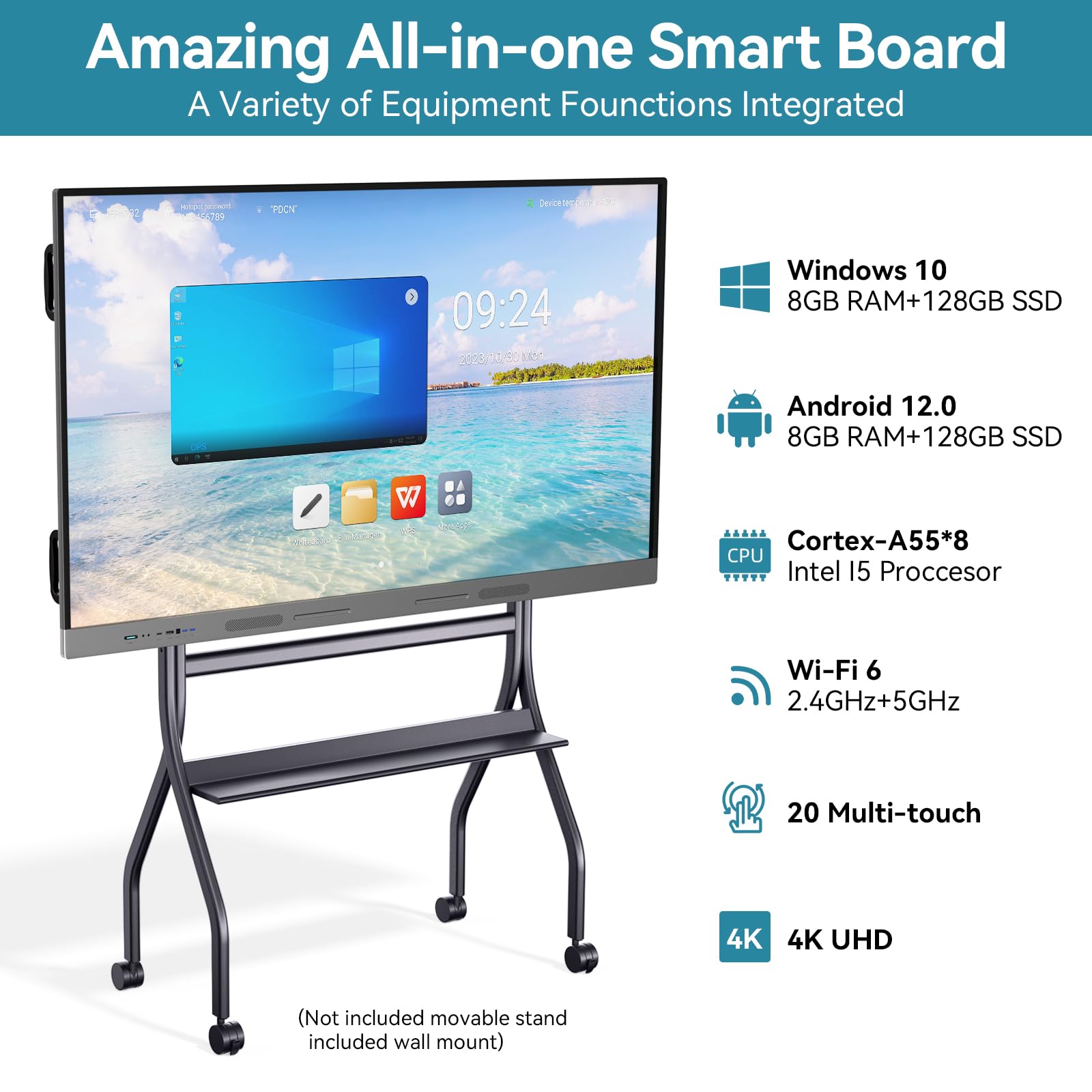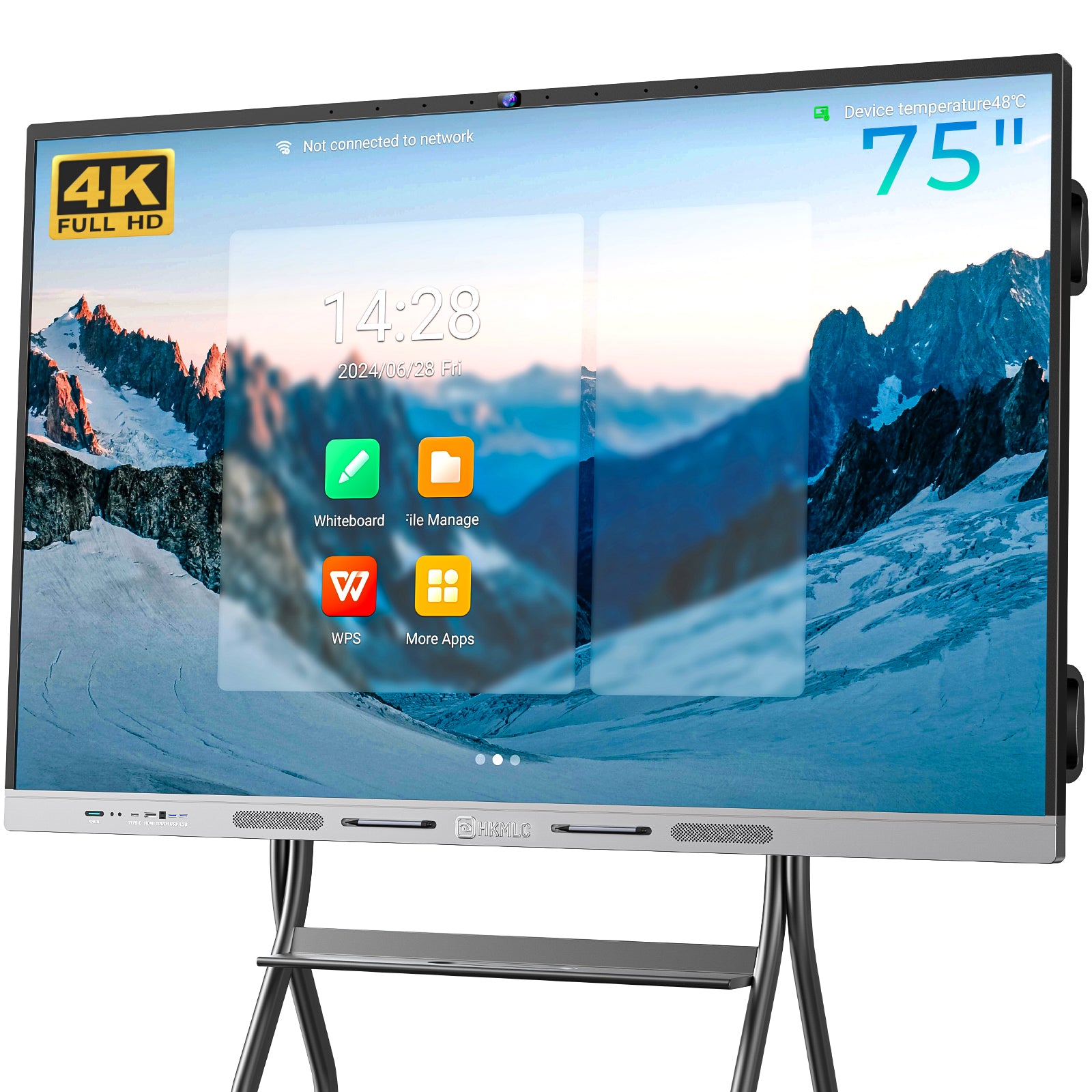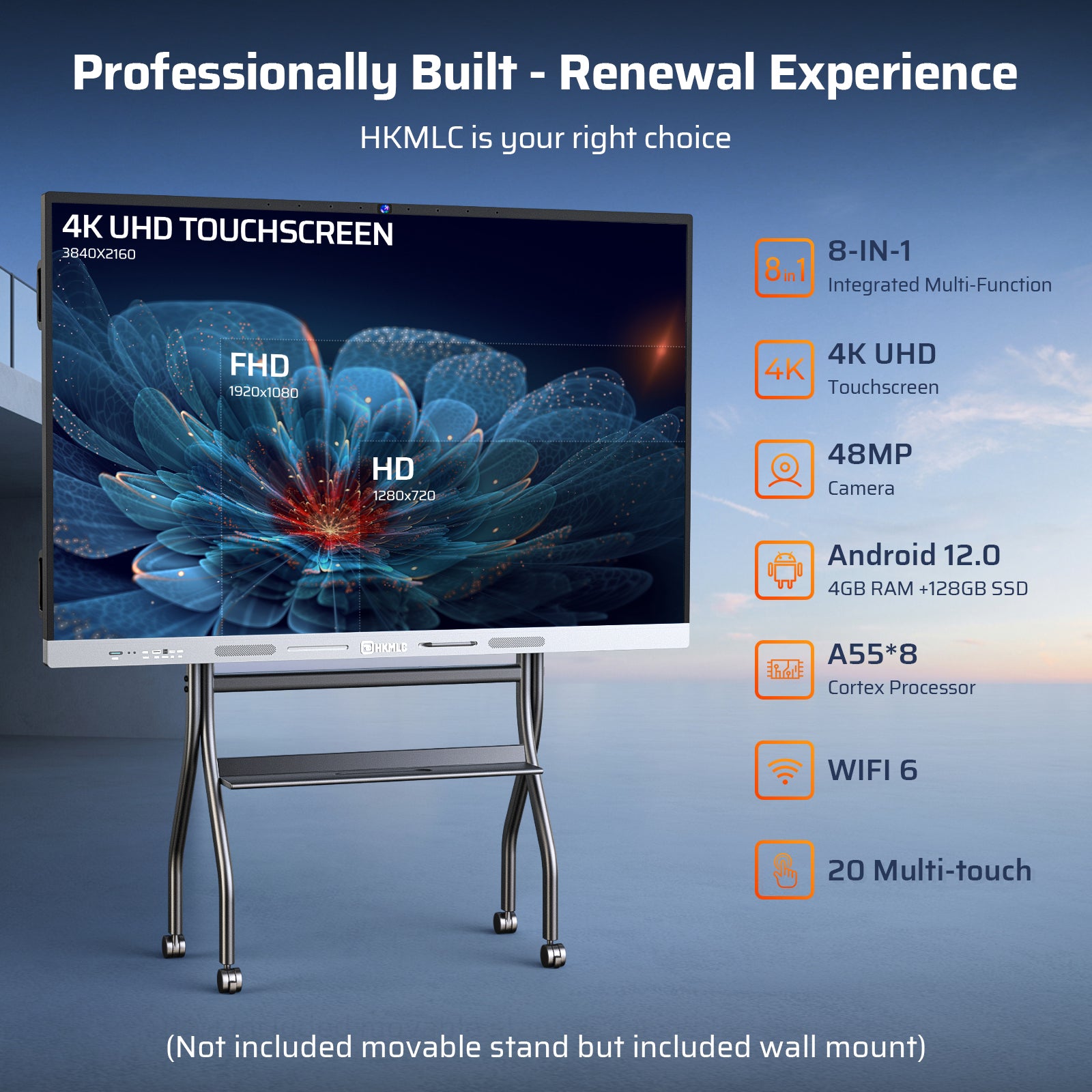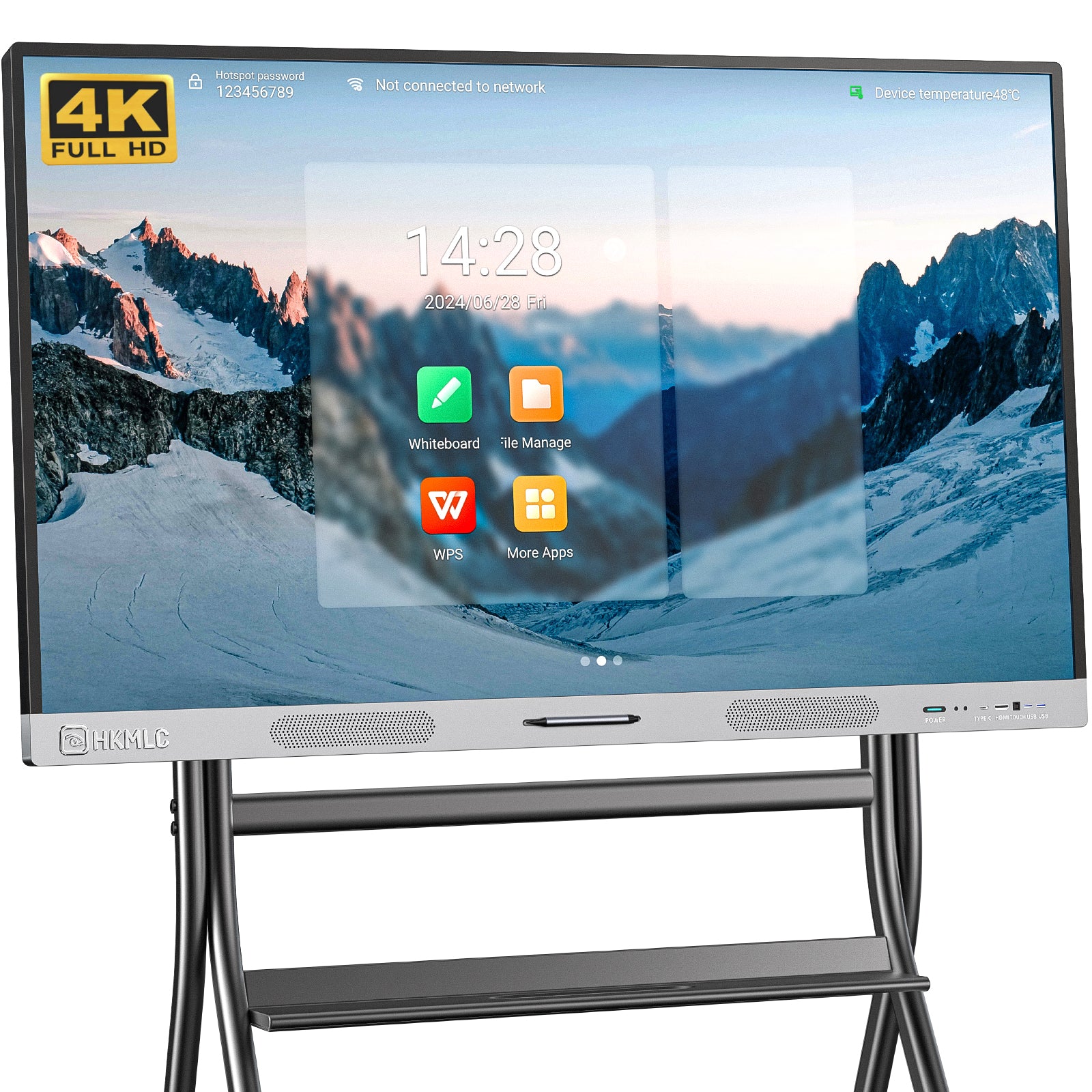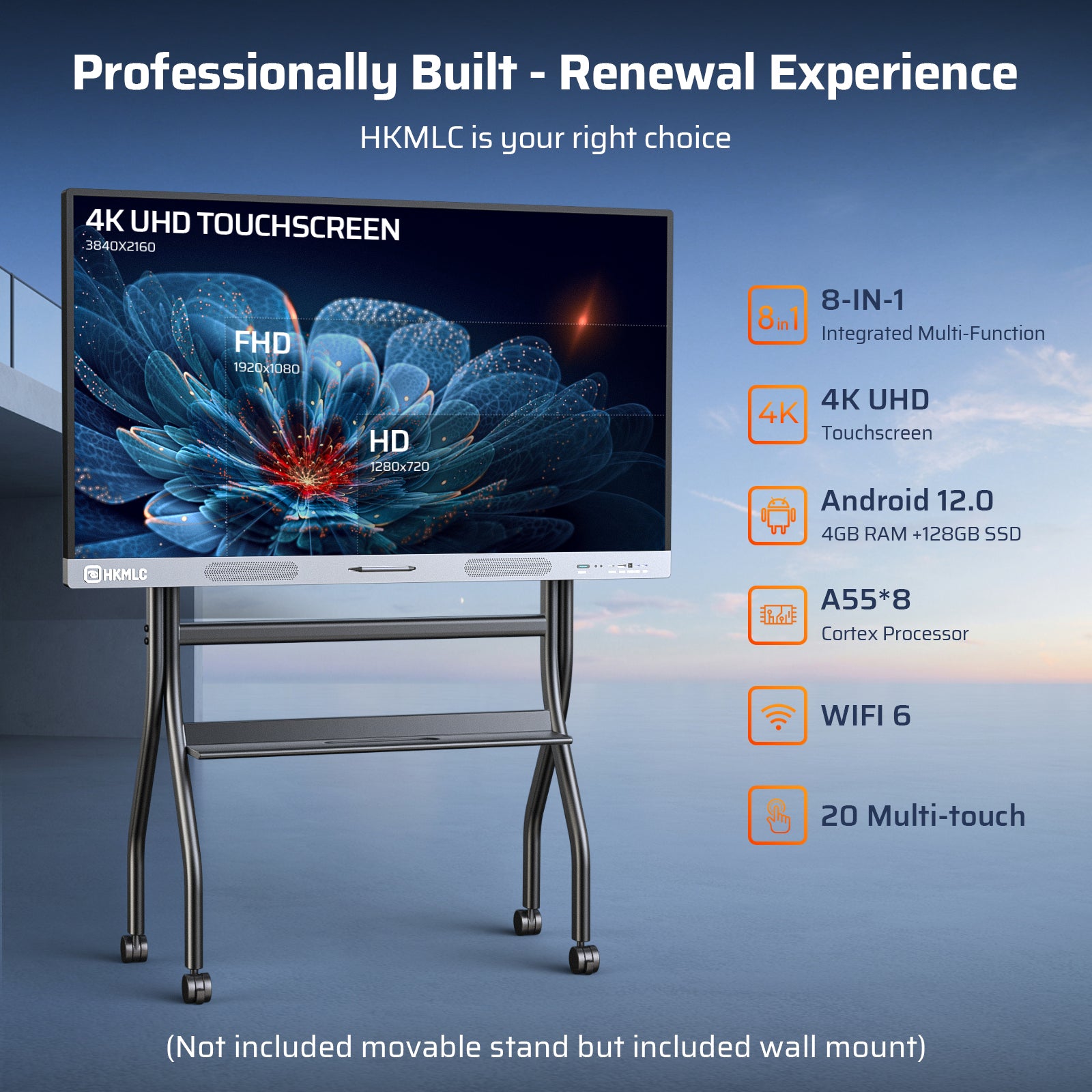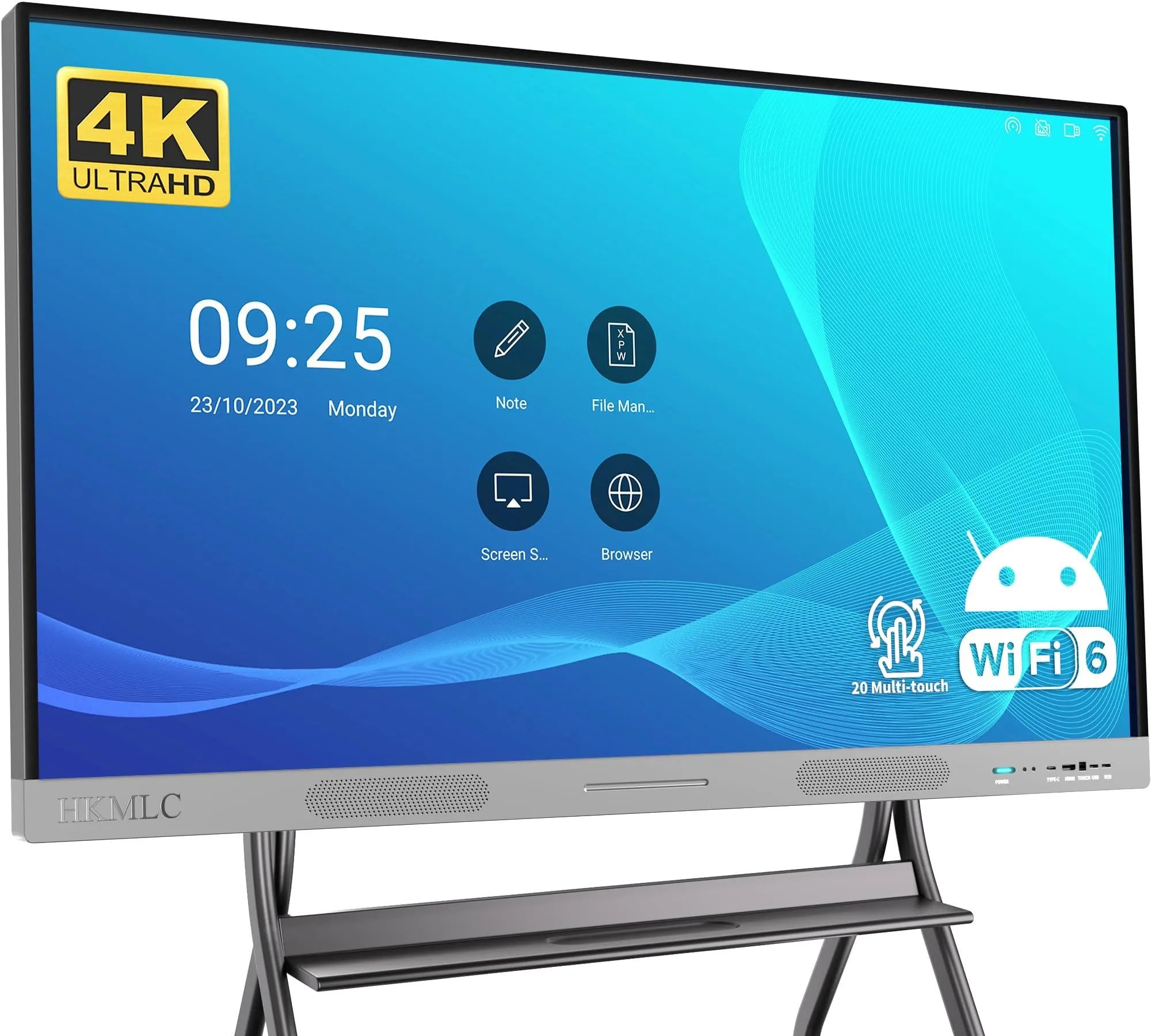The demand for online education has grown immensely over the years, and the e-learning industry is expanding at an exponential rate. Beyond higher education institutions, virtual classroom systems are becoming indispensable tools for delivering quality, interactive educational experiences. In fact, the global e-learning market reached $200 billion in 2019 and is expected to double by 2026. This significant growth highlights the importance of virtual learning environments in both education and corporate training.
Setting Up a Virtual Classroom Effectively for Your Educational Institution
This article will guide you through setting up a virtual classroom efficiently for your educational institution. Below are 10 steps designed for both beginners and those familiar with online education to help you establish a successful virtual classroom setup.
What is a Virtual Classroom?
A virtual classroom is an online learning environment that closely simulates a physical classroom. By utilizing digital tools such as virtual classroom software, learning management systems (LMS), online assessments, and video conferencing platforms, instructors can facilitate both synchronous (real-time) and asynchronous (self-paced) learning. Online classrooms enable student-teacher interactions through discussion boards, quizzes, assignments, and video lessons, providing an immersive and effective learning process.
10 Steps on How to Create a Virtual Classroom
Follow these 10 easy steps to make an online class that is interactive, engaging, and effective for learners:
- Set Your Learning Objectives
Before setting up your virtual classroom, you need to define your learning objectives. Consider the following:
- What do my students need to learn?
- What am I trying to achieve with the online classroom?
- What challenges might my learners face?
Clearly outlining your goals will help you choose the right platform and create courses that address the needs of your learners.
- Choose a Virtual Classroom Platform
Choosing the right virtual classroom software is critical. There are many platforms available, each offering different features. Here’s what you should consider when selecting a platform:
- Easy-to-use interface: An intuitive course builder for ease of use.
- Customizable and ready-to-use courses: Flexibility to design your own materials or use pre-made content.
- Robust reporting and tracking: Analytics to monitor student progress.
- Diverse learning materials: Support for videos, presentations, quizzes, and podcasts.
- Video conferencing integration: Integration with tools like Zoom or Google Meet for real-time interactions.
- Mobile responsiveness: Access via smartphones and tablets for learning on the go.
- Collaboration tools: Discussion boards and group projects that foster interaction.
- Single sign-on (SSO): Secure login through Google or other credentials for ease of use.
It’s also a good idea to start with a virtual classroom software that offers a free trial, allowing you to evaluate its features and customer support.
- Set Up Your Online Classroom and Add Users
Once you’ve selected your virtual classroom system, the next step is to create an online class. Most platforms follow a similar process:
- Select the “Classroom” option in the dashboard.
- Name your classroom and create a new virtual space.
- Manually add users or import them in bulk via Excel or Gmail.
If you have multiple learning groups, consider creating separate classrooms to keep data organized. This is especially useful if you offer white-label options for clients, allowing them to customize the classroom with their branding.
- Add Instructors, Groups, and Group Admins
Assigning instructors and group admins helps manage large numbers of learners efficiently. Instructors can:
- Add and organize learners into groups.
- Create and edit courses.
- View individual and group performance reports.
Group admins can oversee smaller groups of learners, ensuring that everything runs smoothly, particularly in large programs like compliance or safety training. Effective delegation is crucial for virtual classroom systems with many learners.
- Enable Single Sign-On with Google
For ease of access, enable Google Single Sign-On (SSO) for your learners. SSO allows users to log in with their Google credentials, reducing password fatigue and enhancing security. By implementing SSO, learners can quickly and securely access the virtual classroom system, making it easier to get started.
- Create Your Courses and Quizzes
Now that your virtual classroom setup is complete, it’s time to build your courses and quizzes. Here’s how to create engaging content:
- Gather comprehensive course material: Compile content from various sources to ensure thorough coverage.
- Keep it concise: Focus on key points and avoid overloading learners with information.
- Use multimedia: Incorporate videos, presentations, quizzes, flashcards, and images to enhance engagement.
- Gamify your courses: Add badges, scores, and leaderboards to motivate learners.
- Assess progress: Include quizzes and assignments throughout the course to track learning progress.
You can also group courses into learning paths, providing structured, step-by-step content progression for learners.
- Enable Collaboration and Discussions
Collaboration is essential in any virtual classroom. Set up discussion boards, Q&A communities, and group projects to encourage interaction. Many LMS platforms offer real-time discussions, file sharing, and feedback options, ensuring that communication flows freely among learners. This sense of community will foster a deeper learning experience.
- Integrate With a Video Conferencing Tool
To enhance real-time interaction between instructors and learners, integrate your virtual classroom with video conferencing tools like Zoom, Google Meet, or Microsoft Teams. This allows instructors to:
- Deliver live lectures and discussions.
- Offer one-on-one tutoring sessions.
- Provide instant feedback and answer questions in real-time.
This synchronous learning approach adds a personal touch to the virtual classroom, supplementing the asynchronous courses.
- Test-Run Your Classroom and Courses
Before launching your online classroom, it’s crucial to test everything. Ensure that:
- Courses, quizzes, and video conferencing tools work properly.
- Content is accessible on mobile devices.
- Learners can log in via SSO seamlessly.
- Instructors and admins have the correct permissions.
Testing will help you identify and fix any potential issues before learners begin their courses.
- Assign Courses to Learners
The final step is to assign courses to learners. You can do this manually or automate the process through group settings or learning paths. Setting up reminders and notifications can also help learners complete their courses on time.
Conclusion
Setting up a virtual classroom is a simple yet powerful way to enhance learning for educational institutions and corporate training programs. By following these 10 steps, you can create an interactive virtual classroom system that meets the needs of your learners.
From defining learning objectives and selecting the right virtual classroom software to creating engaging content and fostering collaboration, every step is crucial for delivering an effective e-learning program. Virtual classrooms offer flexibility, accessibility, and engagement, enabling learners to thrive in today’s online education landscape.
With the right virtual classroom setup, you can provide an enriching and dynamic learning experience that caters to the needs of students and instructors alike. Whether you're teaching a corporate training session or running a university course, a virtual classroom ensures that learning is accessible and efficient for everyone involved.
The HKMLC Smart Interactive Whiteboard is not only the perfect complement to a virtual classroom, but also a powerful tool for enhancing interactivity and collaboration. With its advanced touch technology and versatile applications, the HKMLC Smart Board brings a more dynamic learning experience to the classroom, helping teachers and students achieve their educational goals with ease. Choose the HKMLC Smart Board today to elevate your online education experience!














